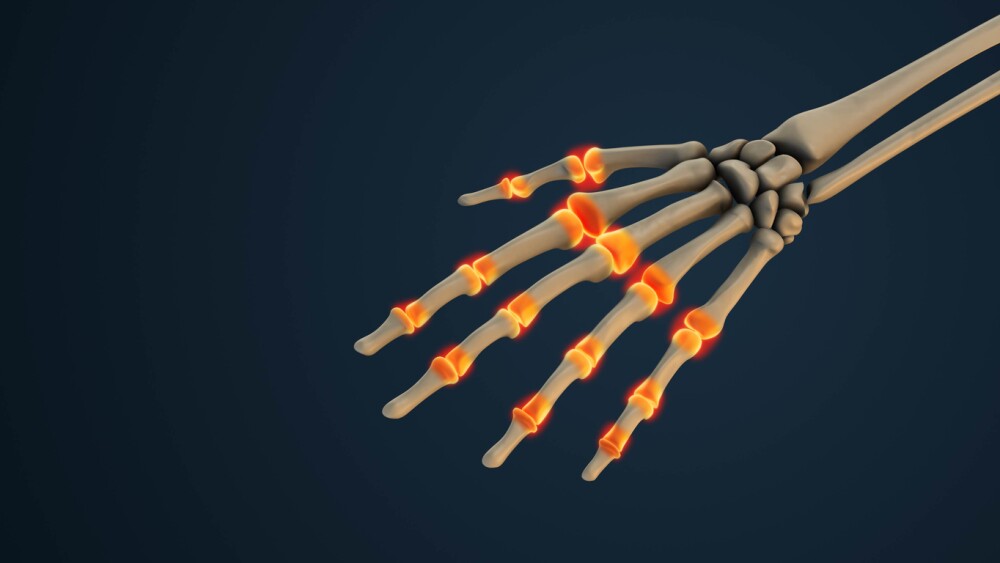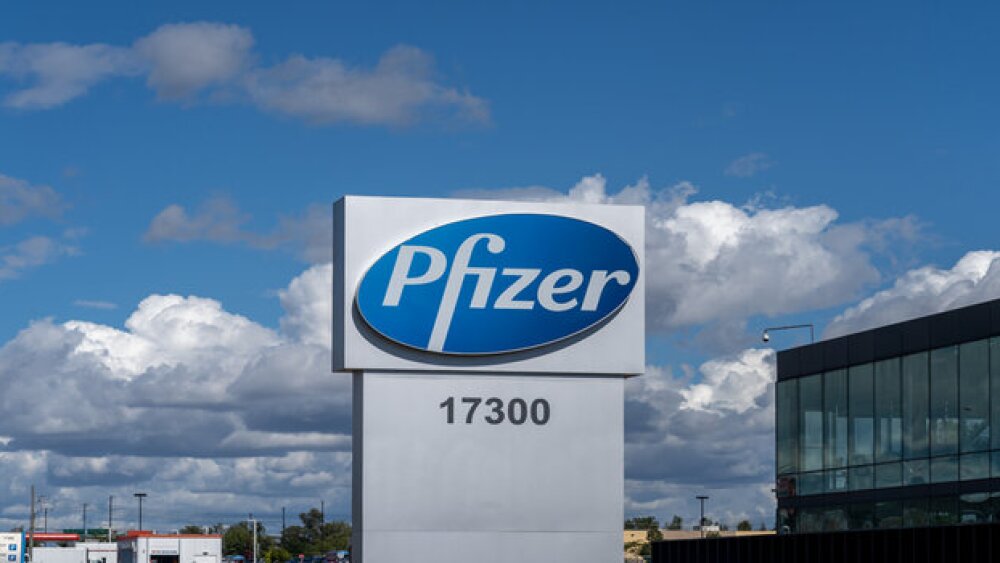BEIJING, April 6 /PRNewswire-Asia/ -- Sinovac Biotech Ltd. , a leading China-based vaccine manufacturer, announced today its unaudited financial results for the three-month and preliminary twelve-month periods ended December 31, 2009.
Mr. Weidong Yin, Chairman, President and CEO of Sinovac, commented, "Sinovac had a very productive year executing on its core strategy to support continued growth by simultaneously expanding its pipeline of novel products and increasing capacity to meet rising demand for our world class vaccines. We believe that Sinovac has established itself as a company that can strategically deliver steady and robust growth. Going into 2009 with a net revenue CAGR of 74.0% between 2006 and 2008, we demonstrated this past year that we can exceed this growth and maintain our strategy even as we lead in development to address a global crisis."
Mr. Yin concluded, "In the coming year, we will continue to work to position ourselves as a well-rounded and diversified vaccine company with near-term and long-term opportunities for growth. Sinovac has taken steps to increase its production capacity to meet the additional anticipated demand as we continue to expand the markets for our commercialized products. We see a substantial opportunity for Healive, in particular, as we take advantage of the additional opportunities presented by the changing landscape of the public and private markets in China. We will seek to continue to develop our novel products, such as our EV 71 vaccine, pneumococcal conjugated vaccine, rabies vaccine, HIB vaccine, meningitis vaccine, Japanese Encephalitis vaccine, chickenpox (varicella) vaccine, mumps vaccine and rubella vaccine."
Financial Review for Three Months Ended December 31, 2009
During the fourth quarter of 2009, sales were $36.4 million, up 194% from $12.4 million in the fourth quarter of 2008. Fourth quarter 2009 sales included the full recognition of MIIT's purchase of 10.08 million doses of Sinovac's Panflu.1 in December 2009, as part of China's national purchase plan. The sales breakdown by product was as follows.
Gross profit for the fourth quarter 2009 was $25.2 million, with a gross margin of 69%, compared to $7.7 million and a gross margin of 63% for the same period of 2008. The gross margin for the fourth quarter of 2009 increased due to increased production efficiencies as Anflu and Panflu.1 utilized the same production line and lower product returns in the fourth quarter of 2009.
Total operating expenses for the fourth quarter of 2009 were $8.2 million, compared to $4.6 million in the comparative period in 2008. Selling, general and administrative expenses for the fourth quarter of 2009 were $6.3 million, compared to $4.1 million in the same period of 2008. SG&A expenses as a percentage of fourth quarter 2009 sales decreased to 17% from 33% during the fourth quarter of the prior year. The lower SG&A expenses as a percentage of revenue resulted from the increased economies of scale associated with the significant sales growth.
Net research and development expenses for the fourth quarter 2009 were $1.6 million, compared to $359,000 in the same period of 2008. The increased R&D expenses in the fourth quarter of 2009 were mainly related to the continued development of the EV 71 vaccine and pneumococcal conjugated vaccine.
Fourth quarter 2009 operating income was $17.1 million, compared to operating income of $3.1 million in the fourth quarter of the prior year. The higher operating income in the current year quarter was attributable to the significant sales growth and the greater economies of scale.
Net income for the fourth quarter of 2009 included $1.06 million in interest and other income, $37,000 million of interest and financing expense and $4.7 million in income tax expenses. Net income for the same period of 2008 included$327,000 of interest and other income, $46,000 million of interest and financing expense, and $284,000 of income tax credit. Net income attributable to shareholders for fourth quarter of 2009 was $8.9 million, or $0.21 per diluted share, up 275% compared to net income attributable to shareholders of $2.4 million, or $0.06 per diluted share, in the same period of 2008.
As of December 31, 2009, Sinovac's cash and cash equivalents totaled $75.0 million, compared to $32.9 million as of December 31, 2008. The increase in cash and cash equivalents primarily reflected the Company's operating activities cash inflow of $48.4 million.
Financial Review for Twelve Months Ended December 31, 2009
During the twelve months ended December 31, 2009, sales were $84.2 million, up 81% from $46.5 million for the same period in 2008. Sinovac recorded strong sales growth in the second, third and fourth quarters of 2009, along with the full recognition of MIIT's purchase of 10.08 million doses of Sinovac's Panflu.1 in December 2009, as part of China's national purchase plan.
Gross profit for the 2009 twelve-month period was $64.1 million, with a gross margin of 76%, compared to $36.6 million and a gross margin of 79% for the prior year period. The 2009 gross margin was adversely affected by increased sales to the public market that resulted in a lower price compared to the private market, especially for Panflu.1, given that government procurement sales grew in 2009.
Total operating expenses for the twelve months of 2009 were $23.3 million, compared to $21.0 million in the comparative period in 2008. Selling, general and administrative expenses for the full year 2009 were $18.2 million, compared to $17.5 million in the prior year period. SG&A expenses as a percentage of sales decreased to 22% from 38% in the comparative period, due to the economies of scale achieved through increased sales as well as a higher portion of sales to the Chinese government, particularly sales of Healive and Panflu.1, which have lower selling expenses attributed to such sales. Net research and development expenses for the twelve months of 2009 were $4.4 million, compared to $2.8 million in the prior year period.
Operating income for the twelve months ended December 31, 2009 was $40.8 million, compared to an operating income of $15.6 million in the prior year period. The year-over-year increase reflected both increased 2009 sales associated with Panflu.1 and lower operating expenses from sales to public market.
Net research and development expenses for the twelve months ended December 31, 2009 were $4.41 million, compared to $2.77 million in the same period of 2008, which is an increase of 59%. The increased R&D expenses in the period were mainly related to the continued development of our pipeline product. And the company expects to keep investing in R&D to fuel the future growth.
Net income for the twelve months of 2009 included $1.3 million in interest and other income, $534,000 of interest and financing expense, and $11.1 million in income tax expenses. Net income for the same period of 2008 included $291,000 of interest and other income, $702,000 of interest and financing expense, and $3.0 million of income tax expense. Net income attributable to shareholders for the twelve months of 2009 was $20.0 million, or $0.46 per diluted share, compared to net income of $8.0 million, or $0.19 per diluted share, in the same period of 2008.
Recent Developments
In November 2009, Sinovac entered into a joint venture agreement with Dalian Jin Gang Group to form Sinovac Dalian. Sinovac Dalian was established in January 2010 to focus on the research, development, manufacturing and commercialization of vaccines, such as rabies, chickenpox, mumps and rubella vaccines for human use. And in February 2010, Sinovac's subsidiary, Sinovac Beijing, completed the acquisition of production facilities, including land use right and buildings, located in Changping District, Beijing. Sinovac plans to build up capacity for it seasonal flu vaccine and pipeline products.
In 2009, Sinovac's research and development program was restructured, pursuant to which the Company established an R&D team in Beijing to better utilize its scientific and personnel resources. Sinovac's R&D program is equipped with world-class facilities that provide a platform for about 50 scientists conducting vaccine research and development. Currently, eight major R&D projects are underway.
In 2009, Healive sales to the public market represented 43.31% of total Healive sales. The significant portion of sales from the public market, particularly from Sinovac's largest market segment of children 18 months, resulted from Sinovac's high value-added services to its customers. In juxtaposition to the growth in the public market for the hepatitis A vaccine in 2009, the demand in the private market for the hepatitis A vaccine for the 18 month population has decreased as that segment is now covered by the public market vaccination program. In 2010, it is projected that the public market demand for the hepatitis A vaccine will continue to gradually increase. Therefore, Sinovac is well positioned to further expand its market share in the public market in 2010 and, at the same time, expand its sales to a broader target population encompassing a wider scope of age groups in the private market.
As we indicated previously, the public market purchase of hepatitis A vaccine will be fully implemented in China in 2010 as per Chinese government plan. However, in the first quarter of 2010, the public market is not open up enough as many local CDCs are still in the preparation for the tendering process, which we expect, will take off from the 2nd quarter of 2010.
Sinovac has previously entered into distribution agreements with local market distribution partners to register the Company's vaccines in Philippines, Mexico, India, Hong Kong and Korea. The process to register the vaccines and receive the regulatory approval is underway in the majority of those countries. Sinovac expects selling activities in some of those countries to commence in 2011 at the earliest.
2010 Guidance
In China, the public perceptions of vaccines have been impacted by recent media reports. Earlier this year, the media reported on improper storage of vaccines by a distributor in China's Shanxi province, which might have linked to a few cases of serious adverse events. Although Sinovac was not involved with both events, we believe that these issues may adversely impact the public's perceptions of vaccine safety and thus may reduce vaccine administration by the Chinese government. Therefore, we expect our organic business may be impacted in the short-term. But we still expect our business to grow gradually and the at the same time, the Company will increase investment on vaccine R&D and capacity buildup for existing products and pipeline product in order to maintain the sustainable growth in the long-term. Furthermore, we believe that our core competencies inclusive of proven R&D capability, manufacturing and distribution capabilities position us to capitalize on potential partnership or acquisition opportunities during this period.
For the full year 2010, the Company expects sales of its non-H1N1 vaccines to increase by approximately 10% to 20%, compared to $54.5 million in non-H1N1 vaccines sales in 2009. It is anticipated that the 2.15 million doses of Panflu.1 purchased by the government will be delivered to the local CDC and the remaining 8.74 million doses of Panflu.1 will be stockpiled by the government in the Company's warehouse facility in 2010. And we expect that the revenue of these 8.74 million H1N1 vaccine will be recognized in one year time when it's expired if not being delivered before it shelf life is ended. Total 2010 sales, including recognized revenue for the 2.15 million doses of Panflu.1, are expected to be in the range of approximately $67.1 million to $72.5 million.
In 2010, the Company expects to advance the clinical development of its pipeline products as follows: (i) to commence clinical trials in China for its EV71 vaccine and Japanese encephalitis vaccine upon receiving the approval of clinical trial application from SFDA in 2010; (ii) to file the clinical trial application with the SFDA for its pneumococcal conjugate vaccine; and (iii) to file clinical trial applications with the SFDA for three products (haemophilus influenzae type b (Hib) vaccine, mumps vaccine, and rubella vaccine) under development at Sinovac Dalian. And in the year, we will keep executing our business plan to increase our potential capacity through the plant transformation of facilities in Dalian JV and Changping facility to prepare for the industrialization of our pipeline products to fuel the future growth.
Conference Call Details
The Company will host a conference call on Tuesday, April 6, 2010 at 9:00 a.m. EDT (9:00 p.m. China Standard Time) to review the Company's financial results for the fourth quarter and year ended December 31, 2009 and provide an update on recent corporate developments. To access the conference call, please dial 1-877-407-4018 (USA) or 1-201-689-8471 (international). A replay of the call will be available from 12:00 p.m. EDT on April 6, 2010 until April 20, 2010. To access the replay, please dial 1-877-660-6853 (USA) or 1-201-612-7415 (international) and reference the account number 3055 and the access code 348065. A live audio webcast of the call will also be available from the Investors section on the corporate web site at http://www.sinovac.com . A webcast replay can be accessed on the corporate website beginning April 6, 2010 and the replay will remain available for 30 days.
About Sinovac
Sinovac Biotech Ltd. is a China-based biopharmaceutical company that focuses on the research, development, manufacture and commercialization of vaccines that protect against human infectious diseases. Sinovac's commercialized vaccine products include Healive(R) (hepatitis A), Bilive(R) (combined hepatitis A and B), Anflu(R) (seasonal influenza), Panflu(TM) (pandemic influenza (H5N1)), and Panflu.1(TM) (pandemic influenza A (H1N1)). Sinovac is developing vaccines for enterovirus 71, universal pandemic influenza, pneumococcal infection, Japanese encephalitis, and human rabies. Its wholly owned subsidiary, Tangshan Yian, is conducting field trials for independently developed inactivated animal rabies vaccines.
Safe Harbor Statement
This announcement contains forward-looking statements. These statements are made under the "safe harbor" provisions of the U.S. Private Securities Litigation Reform Act of 1995. These forward-looking statements can be identified by words or phrases such as "will," "expects," "anticipates," "future," "intends," "plans," "believes," "estimates" and similar statements. Among other things, the business outlook and quotations from management in this press release contain forward-looking statements. Statements that are not historical facts, including statements about Sinovac's beliefs and expectations, are forward-looking statements. Forward-looking statements involve inherent risks and uncertainties. A number of important factors could cause actual results to differ materially from those contained in any forward- looking statement. Sinovac does not undertake any obligation to update any forward-looking statement, except as required under applicable law.
CONTACT: Helen G. Yang, Sinovac Biotech Ltd., +86-10-8289-0088 x9871, or
fax, +86-10-6296-6910, or info@sinovac.com; Or Investors: Amy
Glynn/Stephanie Carrington of The Ruth Group, +1-646-536-7023/7017, or
aglynn@theruthgroup.com scarrington@theruthgroup.com; Or Media, Janine
McCargo of The Ruth Group, +1-656-536-7033, or jmccargo@theruthgroup.com
Web site: http://www.sinovac.com/




